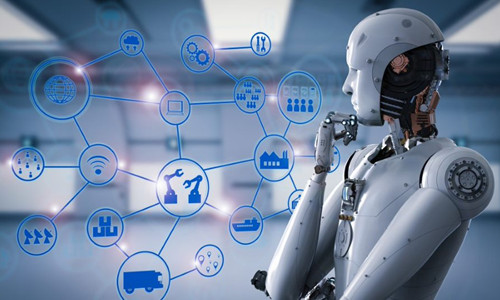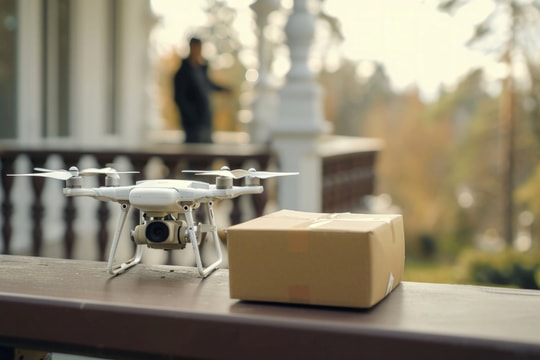Big data as a service (BDAAS)
Supply chain professionals are now getting smarter to the fact that they don’t have to build their own data lakes, data warehouses, and other infrastructure that used to require entire teams and lots of resources. Increasingly, they are signing up with companies like Snowflake to more easily aggregate data from multiple sources in any format and ensure that it is fully governed for quality and security.

A governed, centralized data repository that can handle semi-structured and unstructured data enables teams to access all relevant data for easier, custom analysis.
These new tools empower companies to put supply chain data next to other sensitive information like financials or customer details, making advanced analytics much more comprehensive and useful.
As a result, the supply chain industry will increasingly see performance data integrated into executive dashboards as it’s leveraged in new ways. By eliminating a huge IT burden, companies can now better use all their data — this will cement the supply chain’s presence in the boardroom. Look for logistics BDaaS to take off in 2023.
Natural interactions with AI
AI is rapidly becoming more usable outside of the niche realm of calculating an ETA or a route. And while AI models have been around and evolving for some time, we will see a paradigm shift in how people interact with machines.
For the supply chain industry, imagine a future where, rather than wading through a sea of dashboards, you can prompt AI to give you the information or analytics you need. More specifically, we are referring to the shift from clunky User Interfaces and search engines to naturally conversing with AI tools that deliver back content – or code – that can be remarkably sophisticated and human- like.
And if you think I’m
exaggerating the possible
implications, consider that
Google management
recently issued a “code-
red” to various internal
teams over concerns that ChatGPT – the AI chatbot created by OpenAI – represents an existential threat to the future of
Google’s ubiquitous search engine.
While the potential is massive, it’s also well-known that ChatGPT is far from perfect today. It can’t tell facts from misinformation. It sometimes spits out offensive responses and outright “makes stuff up.” So, these new AI bots very much need thoughtful training and shepherding from human partners – which brings me to my next prediction.
The rise of "Prompt engineering"

Prompt engineering is the process of designing and creating prompts for language models, such as chatbots or virtual assistants. These prompts are used to guide the conversation or task being performed by the language model, and are typically designed to be clear and concise, while also providing enough context for the model to understand and respond appropriately.
The goal of prompt engineering is to create a seamless and natural user experience, while also ensuring that the language model is able to accurately understand and respond to user input.
This can involve testing and iterating on different prompts to find the most effective ones, as well as ongoing maintenance and updates to keep the prompts relevant and accurate.
We’re at the start of a genuine paradigm shift in how developers will work, where the job won’t be to write the perfect line of code, but rather to effectively prompt AI to output the perfect line of code.
IoT will deliver
.jpeg)
IoT devices will continue to come down in price while capabilities improve. New form factors and more highly attuned sensors will give supply chain professionals the ability to not only track orders and individual assets with unprecedented precision, but also the ability to monitor pressure, temperature, light and other critical environmental factors at every step of the journey.
These are highly valuable capabilities for shippers and customers of everything from ice cream and other perishable goods to pharmaceuticals that require 100% cold chain integrity from the manufacturer to the final destination. With 5G networks practically ubiquitous right now, we’ll see an explosion in the use of IoT devices in the supply chain in the coming year.
The common theme in 2023 is one we’ve all become very familiar with: data. IoT devices will create more of it – already, people estimate 2.5 quintillion bytes of data each day – BDaaS will help us store and manage it, and AI will make better use of it.
While creating, storing and making use of data has been generating billions in profits for many companies for many years, the supply chain industry is just now catching up. There’s no better evidence for the market opportunity than the likes of Amazon, Google and Microsoft all making plays for their slice of the logistics data pie.
Source supplychaindigital.com


.jpeg)

.png)
.png)
.png)


.png)
.png)






.png)

